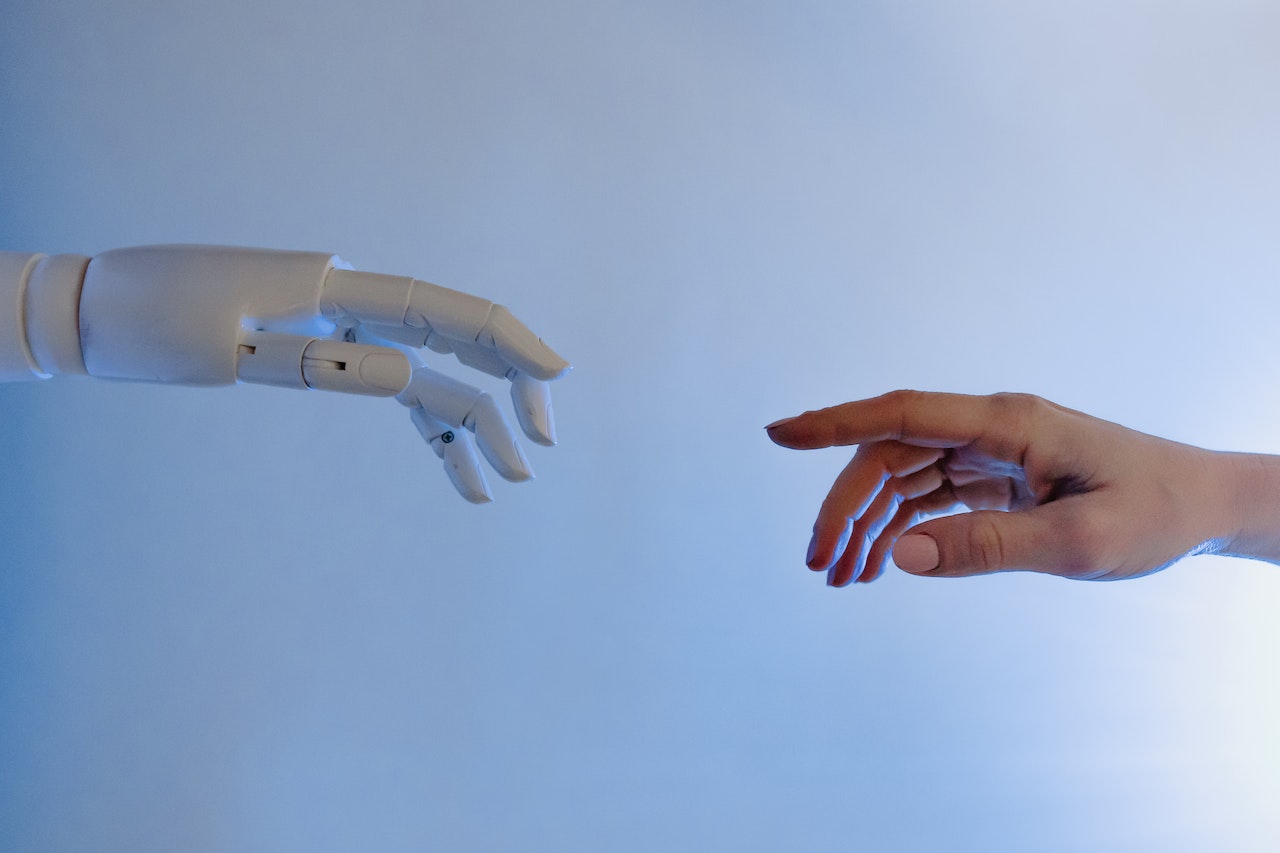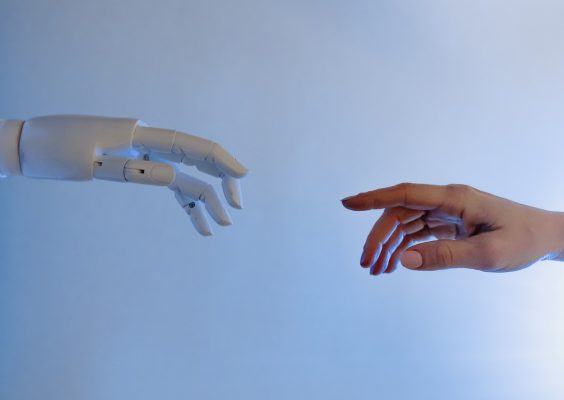Introduction: OpenAI, ChatGPT, Their Impact on Industry
OpenAI is a research and development company founded in 2015 with the goal of promoting and developing friendly AI in a way that benefits humanity as a whole. Co-founded by Elon Musk, Sam Altman, Greg Brockman, Ilya Sutskever, and Wojciech Zaremba, OpenAI started as a non-profit research lab, but has since evolved into a multi-disciplinary organization that encompasses research, engineering, and policy. OpenAI has already made significant contributions to the field of AI, but its most well-known is developing the state-of-the-art language model GPT-3 and its variant, ChatGPT.
ChatGPT is a language generation model designed to generate human-like text based on a prompt provided by the user. Trained on a massive corpus of text data, it can perform a variety of language tasks, including answering questions, writing stories, and translating languages. AI applications like this are having a profound impact on industries where they are used to automate tedious tasks, such as data entry and analysis, reducing human error and increasing efficiency. They can diagnose and treat diseases, improve patient outcomes, and reduce healthcare costs. Already in online education, AI is being used to personalize learning experiences, grade assignments, and provide instant feedback to students.
ChatGPT and University Students’ Writing
With ChatGPT, students have access to a virtual writing assistant that can help with language and grammar, generate ideas and outlines, and provide instant feedback. This does more than save time and effort, it also allows students to focus on the creative aspects of writing, such as developing their arguments and refining their style. The model’s ability to access a vast knowledge base can help students to quickly find information and resources relevant to their writing, making the research process faster and more efficient.
ChatGPT could be used to improve students’ writing ability. It can help students to become more confident and proficient writers by providing instant feedback and suggestions for improvement (e.g., by detecting and correcting grammatical errors, suggesting alternative phrasing, and providing suggestions for improving the overall flow and coherence). Over time, this may help students develop better writing skills and adopt more sophisticated writing styles. Students may also use ChatGPT to generate outlines and provide structure and guidance in their writing assignments. This can free up more time and mental energy for students to focus on the creative aspects of writing, such as developing their arguments and refining their style.
While AI technologies like ChatGPT have the potential to be a valuable tool for university students in the writing process, they also have the potential to negatively impact originality and creativity in their writing. A reliance on ChatGPT’s pre-written responses and suggestions may lead students to adopt a more formulaic approach to writing, which would stifle their creativity and originality. Additionally, the use of ChatGPT may make it easier for students to plagiarize, as they can generate text that appears to be their own without having to do the research and writing themselves. It is important, therefore, that university students learn to use ChatGPT as a tool to support and enhance their writing, rather than as a replacement for their own original ideas and creativity.
How to Tell if Your Students are Using ChatGPT
There are several ways that university professors can tell if an essay was written by ChatGPT:
- Lack of originality: ChatGPT generates text based on patterns and templates it has learned from a large corpus of data. This can result in essays that lack originality and have a formulaic structure.
- Inconsistent writing style: While ChatGPT is capable of generating coherent text, it may struggle to match the writing style of a particular student.
- Unusual phrasing or language: ChatGPT may use phrasing or language that is unusual or out of place in a particular context. Professors who are familiar with the subject matter may be able to detect these anomalies and suspect that the essay was generated by ChatGPT.
- Lack of depth or detail: ChatGPT is designed to generate text quickly and efficiently, which may result in essays that lack depth and detail.
It is important to note that ChatGPT has the ability to generate text that is coherent and grammatically correct, so it is not always possible for professors to definitively tell if an essay was written by the model. However, by looking for the signs outlined above, professors may be able to raise suspicions about the authenticity of an essay and further investigate.
Writing Activities That Are Difficult for ChatGPT
While ChatGPT is a powerful language model that can generate coherent and grammatically correct text, there are several writing activities that would be difficult for it to complete:
- Creative writing: Writing activities that require a high level of imagination and originality, such as fiction writing, poetry, or imaginative essays, would be difficult for ChatGPT to complete.
- Context-specific writing: ChatGPT may have difficulty generating text on a specialized topic or writing in a particular academic discipline.
- Writing with emotional depth: Writing activities that convey complex emotions and feelings, such as personal narratives or persuasive essays, would be difficult for ChatGPT to complete.
- Writing with a particular voice or tone: While ChatGPT is capable of generating text in a wide range of styles and genres, it has difficulty writing in a particular voice or tone (e.g., conversational, humorous, or poetic).
- Writing that requires critical thinking and analysis: ChatGPT struggles to engage in critical thinking and analysis. Writing activities such as argumentative essays or analytical reports, would be difficult for ChatGPT to generate.
Conclusion
While ChatGPT is a powerful language model that can generate high-quality text, there are several writing activities that would be challenging for it to complete due to its limitations in terms of creativity, context-specific knowledge, emotional depth, voice and tone, and critical thinking.
Disclaimer: This essay was generated by the language model ChatGPT, developed by OpenAI. As a machine learning model, ChatGPT was trained on a vast corpus of text data, but it is not capable of original thought or creativity. While it can generate coherent and grammatically correct text, the ideas and opinions expressed in this essay are solely the result of its training data and algorithms, and do not reflect the thoughts or opinions of an individual. Jeremy Browne only edited the text.

